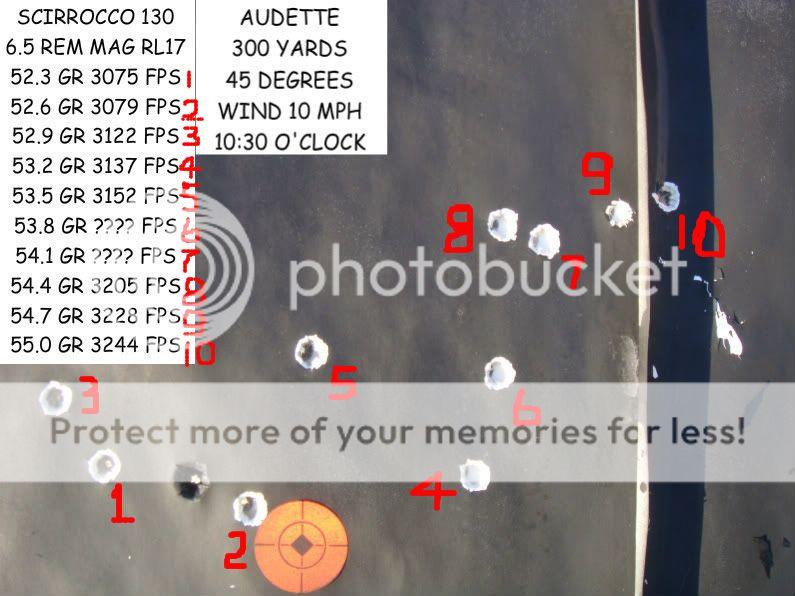This might be contrary to others load work process, but here is mine. It's never not worked for me. I also run moly in everything so that is a given.
Before I ever load a round I have an idea of what speed range I want to run in the bullet/cartridge I'm working with at the time.
I find the distance to the lands with the bullet I'm going run and make a dummy round to set my seating die with. Now I'm working with only 1 of 2 possible measurements here, either what I'm restricted to by the mag-box, or putting the bullet in the lands. With all my custom rifles it's working in the lands as I have the rifle throated for the bullet I'm going to run and have it work from the mag-box. Factory rifle's might leave you stuck with working from the mag-box and jumping them. I have no use for a singe-shot bolt gun and I won't make that concession. (personal preference. Nothing wrong with single shooting a bolt gun, it's just not for me.)
Now I load up single rounds of incrementally increasing charges to run through the chrono. I chrono them looking for my target speed or pressure, whichever comes first. I guess you could call it a "semi-ladder", as I am keeping track of speeds and where the rounds land on target.
Once I have the chargeweight's that are in my speed range I load a few more for group shooting with smaller charge weight increments around the target speed/charge. I rarely shoot these for groups at 100yds and mostly I do it at 2 or 300yds. Way more often than not I find a good working load during this step and am done except for stretching them out to the max working distance that I plan on using that partricular rifle for.
I can only think of one time I had to go back and drastically change seating depth's to get a good load and that was with 168gr Barnes TSX's in a GAP built 308. That rifle liked them jumping. I've run Barnes TSX's in the 223/223AI/22-250/270/280/308, that 308 is the only one I've had to jump them, all the other rifles shoot the TSX's very well in the lands. That is also contrary to what Barnes says about their bullets, but I can't argue with results.


